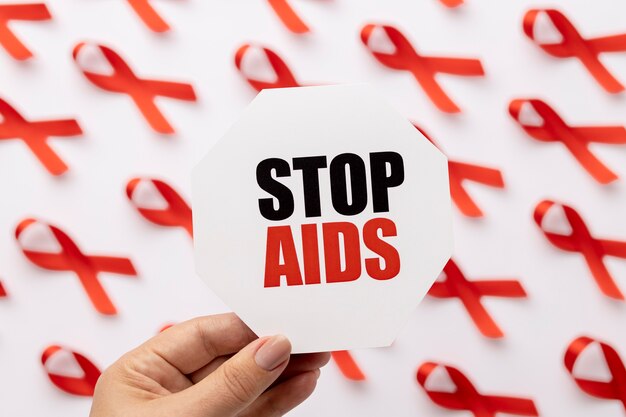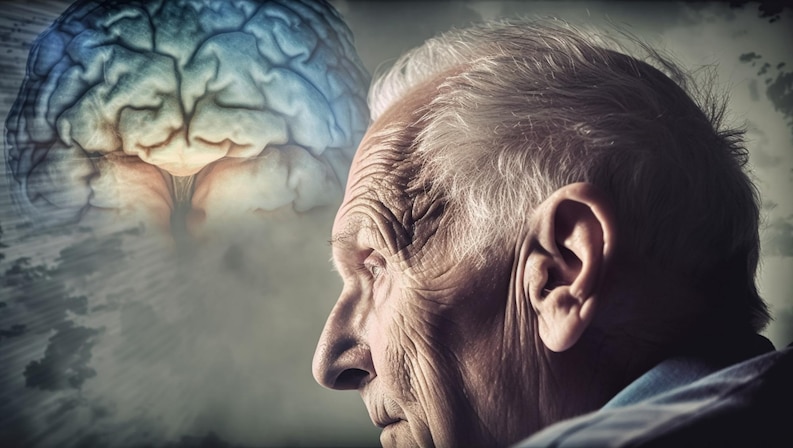Welcome to our comprehensive HIV/AIDS reference, which covers symptoms, causes, and treatment choices. We aim to provide high-quality content that helps you understand HIV/AIDS.
What is HIV/aids?
HIV causes acquired immunodeficiency syndrome (AIDS), a chronic, life-threatening disease. HIV reduces your body’s ability to fight infection and disease by destroying your immune system.
HIV is a sexually transmitted infection (STI). It can also be transferred through exchanging needles and blood. Pregnancy, childbirth, and breastfeeding can spread it. HIV may impair your immune system for years before AIDS develops without medicine.
HIV/AIDS has no cure, however drugs can control the virus and slow disease development. International groups are attempting to promote HIV prevention and treatment in resource-poor nations. Antiviral therapies have lowered AIDS fatalities worldwide.

HIV symptoms can alter over time and vary from person to person. Many people with HIV don’t have any symptoms or have minor flu-like symptoms that might be confused for other illnesses in the early stages. However, some people may stay asymptomatic for years, thus symptoms are not a reliable predictor of HIV infection.
Symptoms
The symptoms of HIV and AIDS vary, depending on the phase of infection.
Primary infection (Acute HIV)
These symptoms may arise during acute HIV infection:
- Fever: Most acute HIV patients have a fever within 2-4 weeks after infection. Fever and other flu symptoms may occur.
- Fatigue is a typical symptom of acute HIV infection.
- Swollen and sensitive lymph nodes: Neck, armpit, and groin lymph nodes may swell.
- painful throat: Some people feel a painful throat with other symptoms including trouble swallowing or discomfort.
- Rash: Usually on the trunk, a rash may emerge. Red and scratchy, it’s common. A few weeks are typical for the rash.
- muscular and joint pain: Acute symptoms include muscular pains, joint pain, and general discomfort.
These symptoms are not exclusive to HIV and can occur with other diseases. HIV infection can only be confirmed by HIV testing.
Clinical latent infection (Chronic HIV)
The following symptoms may occur during the chronic phase of HIV infection, when the virus gets established and the immune system weakens:
- Chronic fever
- General weakness and fatigue
- Slimming down fast
- Respiratory infections, oral thrush, and pneumonia are common.
- Nighttime perspiration
- Lymph node enlargement
- Diarrhea
- Rashes, sores, and lesions are skin issues.

It takes years for HIV to become AIDS without treatment. Some people have minor or no symptoms for a long time. Early HIV detection and treatment depend on regular HIV testing, especially for high-risk persons. Consult a healthcare practitioner for testing and advice if you suspect HIV exposure or have troubling symptoms.
Causes of HIV/AIDS
HIV/AIDS is caused by HIV. Certain body fluids with high viral concentrations can spread the infection. The main HIV transmission routes are:
Sexual Transmission: The most prevalent method of transmission is unprotected vaginal, anal, or oral sex with an infected partner. The virus might enter through mucous membranes or skin breaches.
Sharing Needles: HIV can be spread by sharing needles or syringes with infected blood. If sterilizing measures aren’t followed, this can happen to those who inject drugs or use needles for body piercing or tattooing.
woman-to-Child Transmission: An HIV-positive woman can pass HIV to her child during pregnancy, childbirth, or breastfeeding. ART during pregnancy, cesarean section birth, and formula feeding instead of breastfeeding can minimize the likelihood of transmission.
Blood Transfusions and Organ Transplants: HIV transmission was conceivable before stringent screening techniques. Due to strict testing, these transmission modes are now infrequent.
It’s vital to know that HIV cannot be spread through casual contact like hugging, shaking hands, sharing food or drinks, or breathing.

Understanding transmission modes is crucial for prevention. Safe sex, condom use, HIV testing, not sharing needles, and sterile medical equipment reduce HIV transmission.
Individuals can dramatically minimize their risk of contracting or transmitting HIV/AIDS by understanding its causes and taking precautions.
Treatment for HIV/AIDS
Antiretroviral therapy (ART) is used to treat HIV/AIDS by suppressing HIV virus replication, slowing disease progression, and boosting the immune system. HIV/AIDS treatment basics:
Antiretroviral Therapy (ART): ART targets different HIV life cycle stages with a mix of medications. Oral pills are administered daily. ART lowers viral load, helping the immune system recover.
Treatment Initiation: Current HIV treatment guidelines urge starting ART as soon as feasible following diagnosis, regardless of CD4 cell count. Early treatment improves health and reduces HIV transmission.
Medication Adherence: Treatment success depends on ART regimen adherence. To reduce viruses and prevent drug resistance, take drugs regularly and at the specified periods.
Monitoring and Follow-up: HIV viral load and CD4 cell count should be monitored regularly to assess therapy response and alter regimen. Healthcare providers will monitor drug side effects and provide assistance during treatment.
Prevention of Opportunistic Infections: HIV affects the immune system, rendering people more susceptible to opportunistic infections and some malignancies. ART should be combined with vaccinations and preventative drugs for opportunistic diseases like Pneumocystis pneumonia.
Ongoing Care and Support: HIV/AIDS requires lifelong care and support. HIV care includes medical exams, adherence counselling, and psychosocial assistance. Healthcare providers, counselors, and support groups are essential.
HIV/AIDS patients should collaborate with their doctors to create a customised treatment plan and receive continuing care. HIV patients now enjoy longer, better lives due to improved treatment outcomes.
conclusion
This thorough reference has illuminated HIV/AIDS symptoms, causes, and treatments. You can protect yourself and others by knowing the symptoms, causes, and treatments. Knowing about HIV/AIDS is key to a healthier future.








